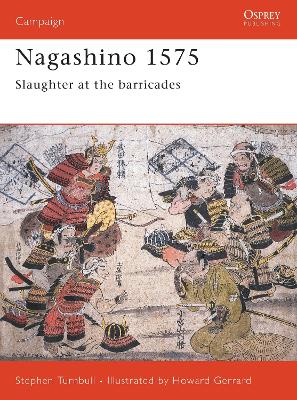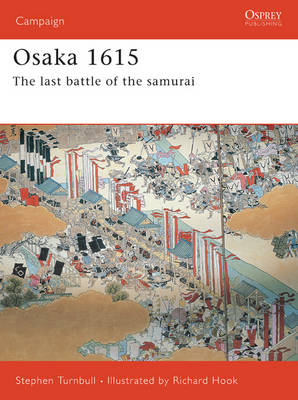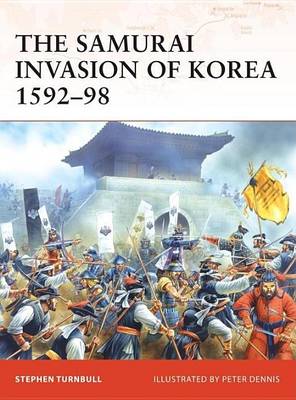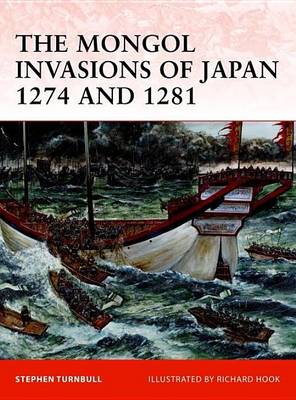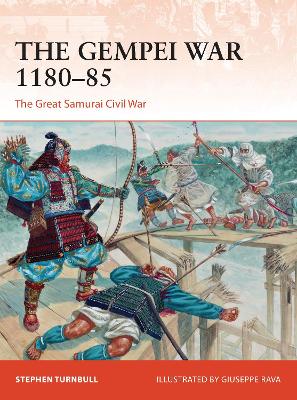Campaign
4 primary works • 7 total works
Book 69
Book 170
Book 198
Book 217
Kawanakajima is unique in history. In the space of 12 years, between 1553 and 1564, this valley deep in the mountains of central Japan witnessed no less than five battles between two of Japan's greatest warlords. Takeda Shingen and Uesugi Kenshin were both descended from great families and were highly skilled tacticians. Stephen Turnbull chronicles the see-saw struggle between two men who epitomize the warrior daimyo from Japan's 'Warring States' period.
Kawanakajima is unique in history. In the space of 12 years, between 1553 and 1564, this valley deep in the mountains of central Japan witnessed no less than five battles between two of Japan's greatest warlords. Takeda Shingen and Uesugi Kenshin were both descended from great families and were highly skilled tacticians. Both had taken the tonsure and risen to high rank in their respective Buddhist sects. When Shingen attempted to seize control of Shinano province they were set on a collision course. Stephen Turnbull chronicles the see-saw struggle between two men who epitomize the warrior daimyo from Japan's 'Warring States' period.
Never before had there been a large-scale clash between two rival samurai families, the Taira and the Minamoto, and never again would the result of a war in Japan be quite so dramatic. Fought to gain control over the emperor it would end with imperial power being totally eclipsed in favour of the military might of the samurai class and the establishment of the position of Shogun – Japan's military dictator. Turnbull examines the events of the five-year long conflict, revealing the changes that the war inflicted on Japanese culture and the establishment of many of the traditions of the samurai.
